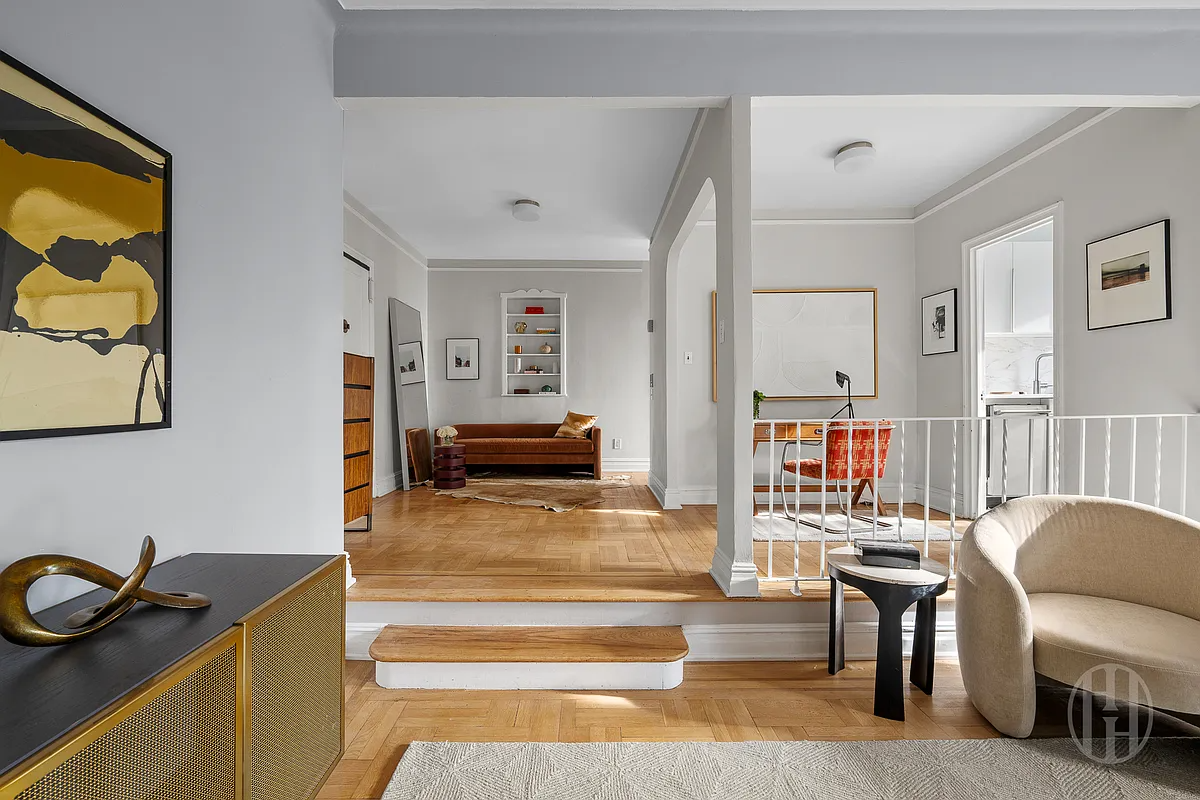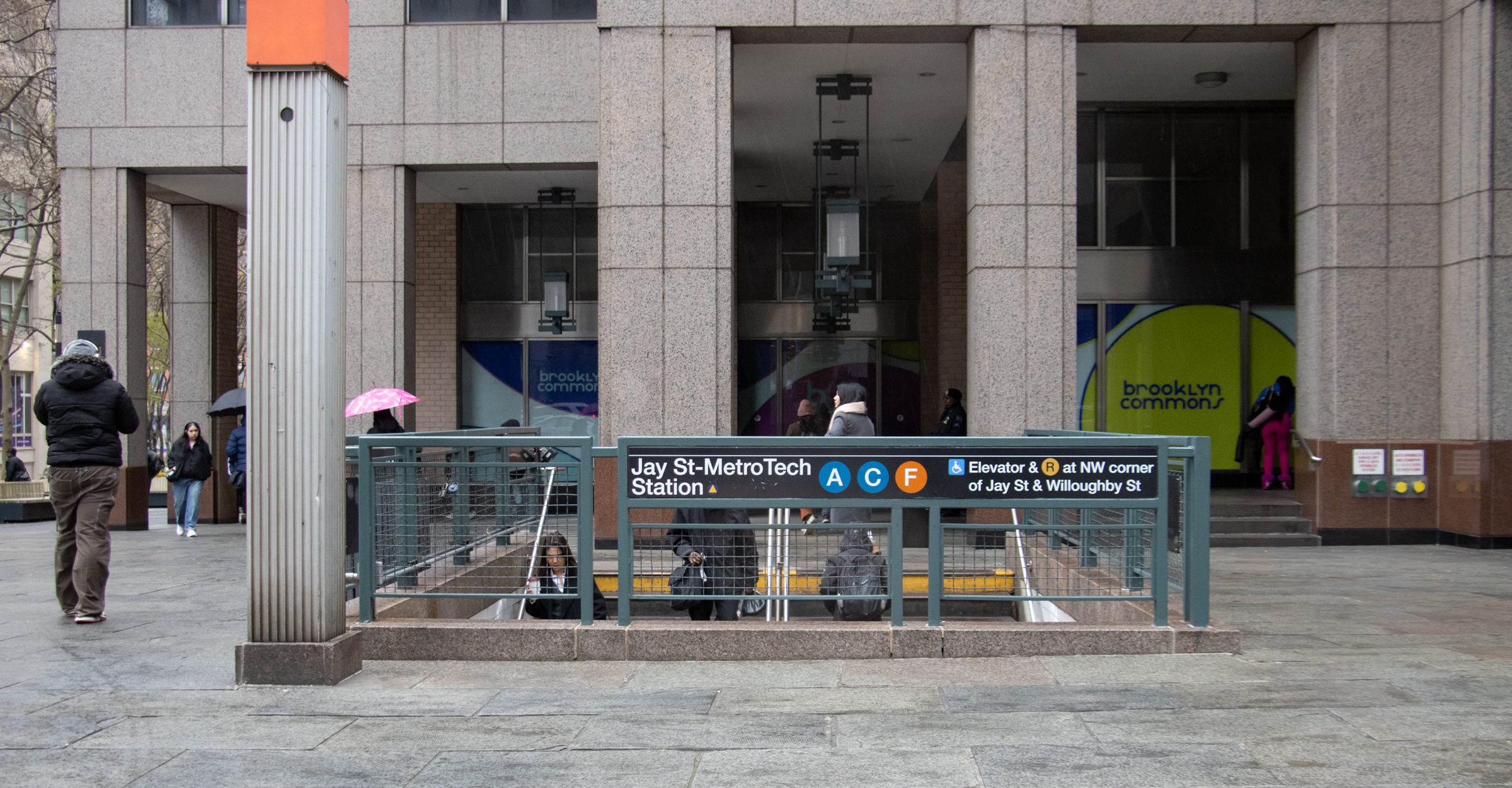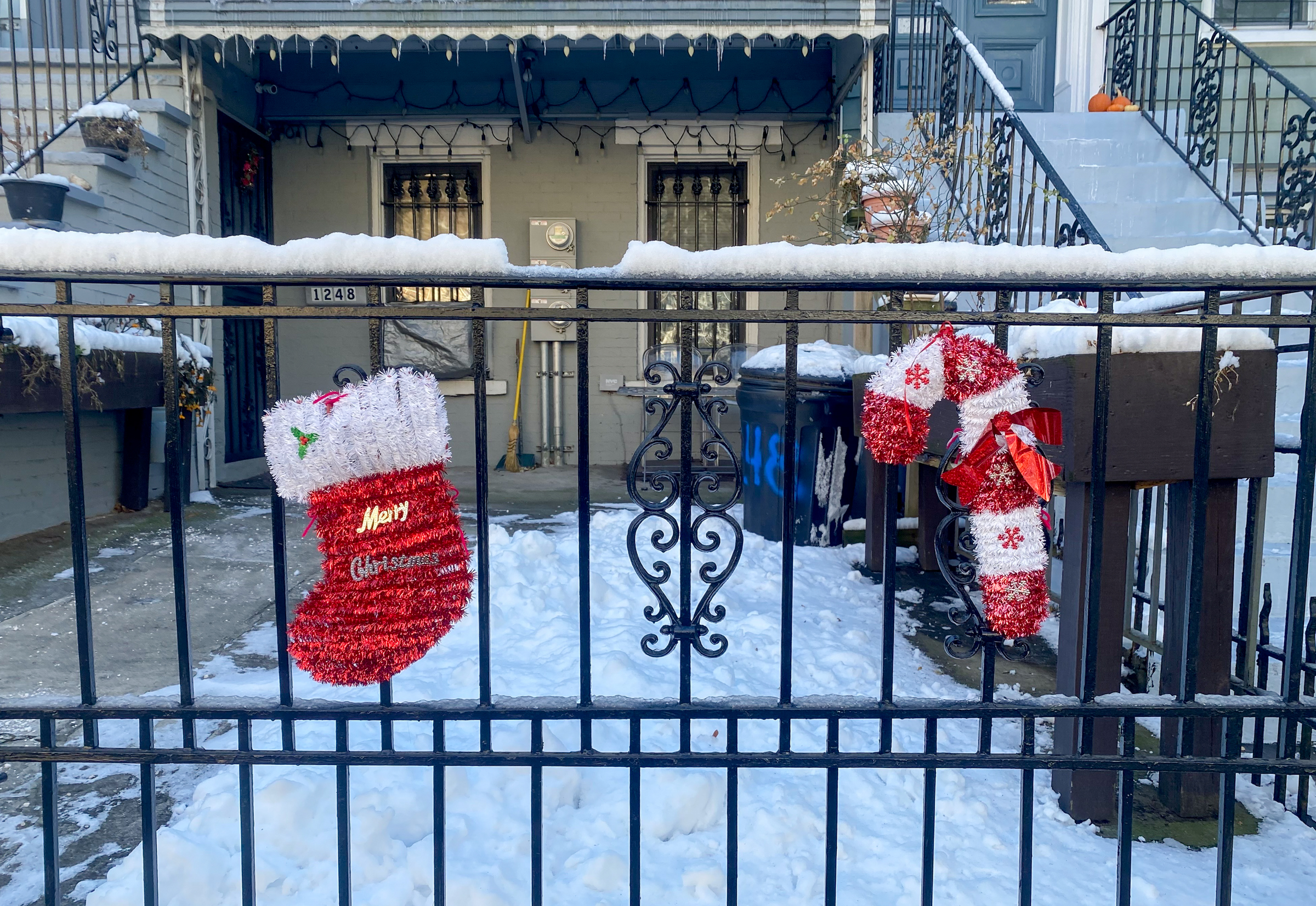Corcoran: Ft. Greene and Clinton Hill Tops in 2005
We finally got a chance to read the year-end Corcoran report. Not surprisingly, the runaway winners for 2005 were Fort Greene and Clinton Hill, which the brokerage lumps into one category (with good reason): As the popularity of the districts has grown over the past few years, Fort Greene and Clinton Hill have ridden a…

 We finally got a chance to read the year-end Corcoran report. Not surprisingly, the
We finally got a chance to read the year-end Corcoran report. Not surprisingly, the runaway winners for 2005 were Fort Greene and Clinton Hill, which the brokerage lumps into one category (with good reason):
As the popularity of the districts has grown over the past few years, Fort Greene and Clinton Hill have ridden a wave of price increases in all categories. In 2005, three-bedroom apartments overall stole the show, with average sale prices catapulted upward by +38%. Studio and one-bedroom apartments gained +25% and +32% respectively. The multi-family townhouse arena proved equally exhilarating, with increases of +28%.
We don’t put too much stock in these numbers given the relatively small sample size, but they probably have some use in identifying larger trends. More outtakes to come throughout the week.
Year End Report 2005 [Corcoran]





FG/CH’s vaunted “diversity” has existed for a lot longer than some may be aware; there are also plenty of longterm white,hispanic and asian residents in FG/CH who can stay only because they’ve owned for a long time. Count me among them – I’ve owned since the mid 80s when I fled from the landlord from hell, and there’s no way I could buy in today’s market. I guess that makes me part of the diversity.
Re anon 6:27’s response to my anon 11:24 remark. I know that’s what she said, I just find it amazing that she had to say it. We still end up having to explain the obvious. We haven’t quite overcome yet.
Check out this text from NY1 today (the 7th); 80% for Fort Greene sounds a little bizarre….
A new report suggests prices in many neighborhoods in Brooklyn are skyrocketing.
The Real Estate Board of New York released its first-ever Residential Sales Report Tuesday on 2005 real estate prices in the borough showing the average price of an apartment in Brooklyn is up 35 percent from 2004.
The real estate report compiled numbers from several brokerage firms.
“The question is, ‘What’s hot?’ Well, you probably have to say all of Brooklyn is hot, basically,†said Real Estate Board of New York President Steven Spinola.
According to the report, DUMBO is the priciest neighborhood to buy an apartment, with the average place selling at $1.2 million.
Brooklyn Heights also continues to be popular. A huge demand for one and two-family homes makes it the most expensive neighborhood to buy a one or two-family home in the borough. The average price could run upwards of $2.7 million.
But the neighborhood which saw the biggest jump in price was Fort Greene, where prices of apartments and one and two-family homes jumped more than 80 percent from 2004 to 2005.
“It’s a clear indication that the activity, I think, for 2006 is one that’s going to be positive,†said Spinola.
While the report is made for brokers and agents, Spinola says its impact will trickle down to you, the home buyer, in the form of better, more accurate information, like whether you can even afford to think about buying in Brooklyn.
“It gives them a better understanding of what the true value of a home is that they might be interested in,†said Spinola.
The Real Estate Board says this is proof that people have made a commitment to the city and the borough since 9/11.
“That is showing throughout the five boroughs, and it is clearly showing in the borough of Brooklyn,†said Spinola.
The board will be analyzing the data for each quarter throughout 2006, and will issue another Brooklyn report next year.
i think that’s what anon 9:16 was saying…
Wow, some of you have FINALLY discovered the fact that not all black people are poor, on welfare, live in section 8 housing, or the projects, or roam the streets looking for white people to mug. Some of us went to college, grad school even, have great jobs, make good money, and want the same things everyone else wants, including living in nice brownstone neighborhoods. What a revelation!
I said, “there has not been a net loss of black people living in the neighborhood”, meaning that while some people have had to move when their buildings were sold, etc. people moved in to take their places. Yes, black folks have been gentrifying too. I’m personally familiar with five such transactions that have happened in the past two years.
The reason I feel like DP must should be hitting its ceiling is because I follow the market there very closely. I live in the neighborhood and have been contemplating moving to a larger house in the neighborhood (7 beds instead of 5. I know that sounds ridiculous to most Brooklynites, but if you live in DP you understand. You get used to the space very quickly and I have several children. Anyway, I have not seen homes in unlandmarked neighborhoods exceed asking prices of a little over the million mark (lots of them start out asking 1.1 and come down), and larger homes in landmarked neighborhoods with higher asking prices seem to sit on the market for ages. These seem to be selling pretty steadily between 1.2 and 1.4, with the odd exception, although asking prices have been much higher. Mary Kay Gallagher had a mystery house on her site (call only, no pix – I don’t care for that policy at all, by the way), which had an asking price of like 1.4, but she was saying on the site to be prepared to go to the $2 milllion mark. I figured out which house this is based on the description (PPS, corner of Buckingham and Albemarle). A gorgeous house but needs TLC and most importantly, situated about 6 feet from the railroad cut…. Anyway it came off the market pretty quickly and was not sold, so that litmus test of the 2 million mark was never really tested. The house on Albemarle asking $4 for over a year (this is crazy) needs hundreds of thousands of dollars of work and some of the “restoration” work is pretty shoddy in the front entry hall… Anyway, I’ll be interested to know when a perfectly preserved architectural grand dame goes for the 2 million price tag that obviously DP is reaching for.
I agree with kcf – it’s not an economic diversity, but indeed an ethnic and racial one skewed to the middle, and now upper echelons. As a black woman, I always find it amusing ( and a bit painful) when people assume the only black people are ones who “stayed” by holding onto real estate, rather than that, just like white “interlopers” or gentrifiers, there ARE black people who have made money and can gentrify just as well as the rest of you. funny, sort of.
I’ve lived in CH/FG for almost 20 years and here are the 2 reasons, I think, it’s kept a more diverse profile (totally my observation, not scientific!): 1) lots of middle-class and working-class black folks did own their homes before the RE craziness and a lot of those homes have stayed in the families, and 2) because of #1, more upwardly mobile black folks have been attracted to these nabes, drawn to the idea of diversity, keeping the racial diversity (but flattening out the economic diversity, for sure).